


Gretsch Guitar History
Friedrich Gretsch, the founder of Gretsch Musical Instruments immigrated to the United States in 1872 at sixteen years of age. He opened a small
business in 1883 that manufactured drums, tambourines and banjos. Twelve years later, he was dead. During those twelve years, Friedrich Gretsch built the foundation of a musical dynasty that still lives today.
When Friedrich died in 1895 while on a visit to Germany, his fifteen year old son Fred Sr. assumed control of the Brooklyn based company. Dedicated to the family business, Fred successfully promoted the business and forged a reputation for instrument quality control. By 1916 the company expanded, becoming one
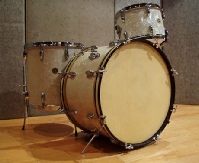
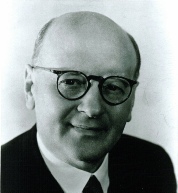
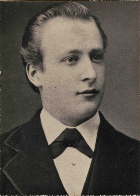
of the most prominent manufacturers of drums and banjos in the United States.
Fred Sr. designed the first warp free, multi-
started producing acoustic archtop and flat-
In 1935 the Broadkaster line of drums was introduced. The Broadkaster name would be the centerpiece of litigation between Gretsch and Leo Fender in the mid 1950’s. Also in 1935, Duke Kramer, known as Mr. Guitar Man because of his major contributions in the development and marketing of Gretsch Electric Guitars,
started his 70 year career with the company.
Gretsch’s First Electric Guitar
The Electromatic, Gretsch’s first electric guitar, was brought on line in 1939. Also
in 1939, the acoustic flat-
course of history of Gretsch.
Fred Gretsch Sr. retired in 1942 after grooming both of his sons to actively take control of business operations. Fred Jr. and William “Bill” Gretsch had been working within the company for 15 years at this point. Fred Jr. briefly assumed the top post, but left to serve as a commander in the U.S. Navy. Bill Gretsch became the president and would successfully lead the company until his death in 1948.
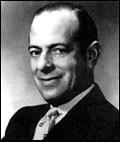
The Gretsch Factory, answering the country’s call during World War Two, ceased musical instrument production and started manufacturing goods needed for the war effort. In 1946 production of musical instruments resumed and Gretsch introduced the first double bass drum set.
William “Bill” Gretsch fell ill and died in 1948. At this time, Fred Jr. returned to serve as company president.
Gretsch And The Birth Of Rock And Roll
Shortly after World War II the music scene changed dramatically. Big Band music gave way to Rhythm and Blues, Boogie Woogie and Country
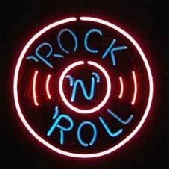
Swing. Big Bands were replaced by small combos. The road houses, dance halls and honkey tonks were born. This change did more than economically phase out the Hawaiian lap steel electric guitar in favor of the Spanish style electric guitar. It sowed the seeds of a new age that would bring the Gretsch Musical Instrument Company immense success. An age that was ushered in by the likes of Elvis Presley, Buddy Holly, Chuck Berry and Eddie Cochran. The Age of Rock and Roll.
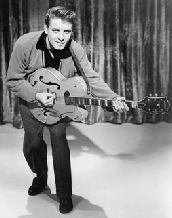
In the 1950’s, the demand for Gretsch Electric Guitars increased with the rise of Rockabilly and Rock and Roll. The Gretsch bluesy, twangy sound was perfect for the times. Chet Atkins and Duane Eddy successfully exposed Gretsch to a lucrative new market. Thousands of Chet Atkins autograph models were sold. Eddie Cochran, playing a 6120 Chet Atkins guitar, took the sound to the teenaged rock and roll fan and sealed Gretsch’s
place in history forever. This sold a large amount of electric guitars to rockabilly players worldwide.
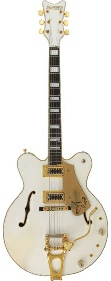
The Gretsch White Falcon was introduced in 1955. Not intended for sale, it was built as a Guitar of The Future prototype attraction for trade shows. The White Falcon immediately received massive acclaim. Gretsch received so many requests for the White Falcon that it was put into production. This guitar would prove to be a lucrative long term revenue source for the company.
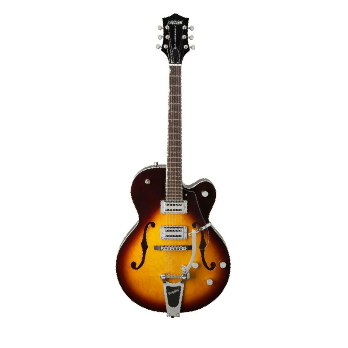
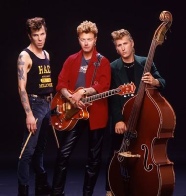
Stray Cats; Revival Of Gretsch
Interest in the twangy Rockabilly sound was revitalized in 1982 by Brian Setzer and the Stray Cats. Not only was Brian Setzer sporting a Gretsch 6120 electric guitar, Slim Jim Phantom also played Gretsch Drums. Setzer’s influence on sales was dramatic and long lasting. In 1990, he was honored with a signature guitar, the Brian Setzer 6120. Brian Setzer was as significant to Gretsch Guitar sales in the 1980’s and 1990’s as Eddie Cochran and Chet Atkins were in the 1950’s.
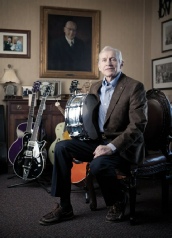
Fred W. Gretsch, the great grandson of company founder Friedrich Gretsch, purchased
the company name from Baldwin in 1982. Production resumed with new products and classic
re-
The Gretsch/Fender Connection
Gretsch’s association with The Fender Musical Instruments Manufacturing Corporation began in late 2002. Unlike the Baldwin acquisition, the
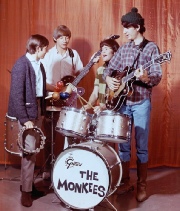
considered a low point in the history of Gretsch. Not only were there major quality control issues, Rock and Roll Music was changing. Harder Rock styles were emerging and there was a shift in the market toward the solid body sound. Baldwin didn't comprehend or respond to the changes and sales suffered greatly. Baldwin halted Gretsch production in 1981.
The Monkees
In 1966 film makers Bob Rafelson and Bert Schneider gave Gretsch another economic boost with their made for television musical group, The Monkees. The project was sold to Screen Gem Productions and was picked up as a weekly series by N B C. At that time Gretsch agreed to supply the group with electric guitars and drums. The Monkees not only sold millions of albums, they also sold thousands of Gretsch Instruments.
In 1967 Fred Gretsch Jr. sold the company to Baldwin Pianos and retired. The Baldwin Era is
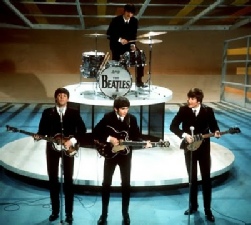
a 1957 black Gretsch Duo Jet guitar during The Beatles first appearance on the Ed Sullivan Show in 1964. After that performance, many prominent British Bands, such as The Rolling Stones, The Animals and The Who began playing Gretsch Electric Guitars and Gretsch Drums. The British Invasion was very profitable for Gretsch.
Instrument sales jumped again when George Harrison played
The British Invasion
production and distribution agreement with Fender actually improved the quality of Gretsch Electric Guitars. Fender, in control of production, immediately began upgrading electrical components and improved production methods. The mid priced Electromatic line was upgraded and new electric guitars based on classic vintage models were introduced. This proved to be successful as the Gretsch Electromatic 5120 is one of the best selling guitars in the history of Gretsch. The F M I C era guitars are considered by many to be the highest quality instruments ever made by Gretsch. This view contrasts greatly with those that feel that Gretsch’s best instruments were produced in the 1950’s/Fred Gretsch Jr. Era.
After 128 years and four generations, the company continues to produce instruments with handmade craftsmanship and the unmistakable Gretsch sound. From the aspiring garage band to the recording studio musician, in all venues of music, Gretsch continues to be the instrument of choice.